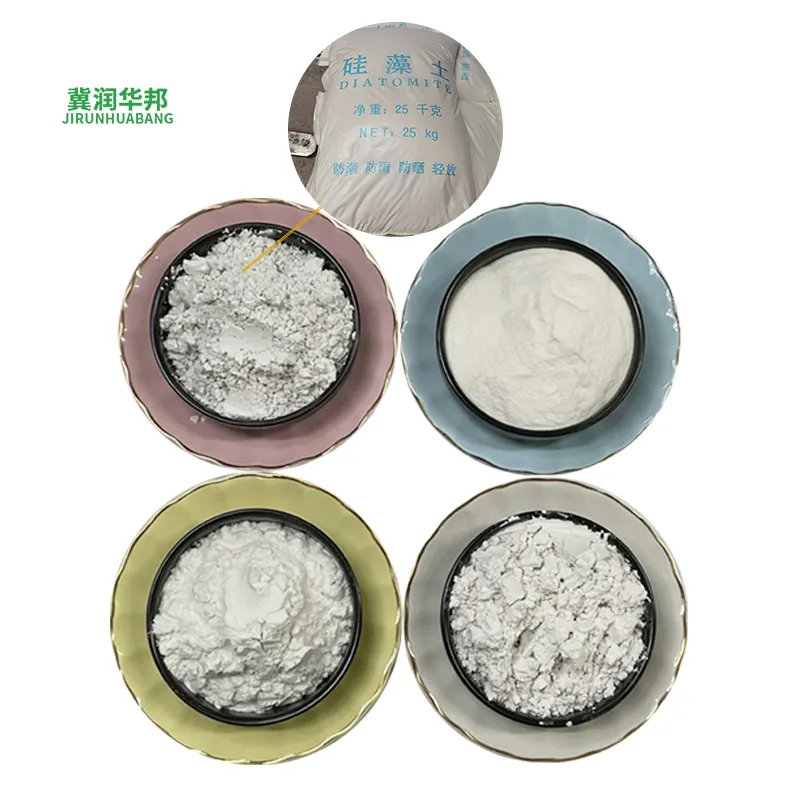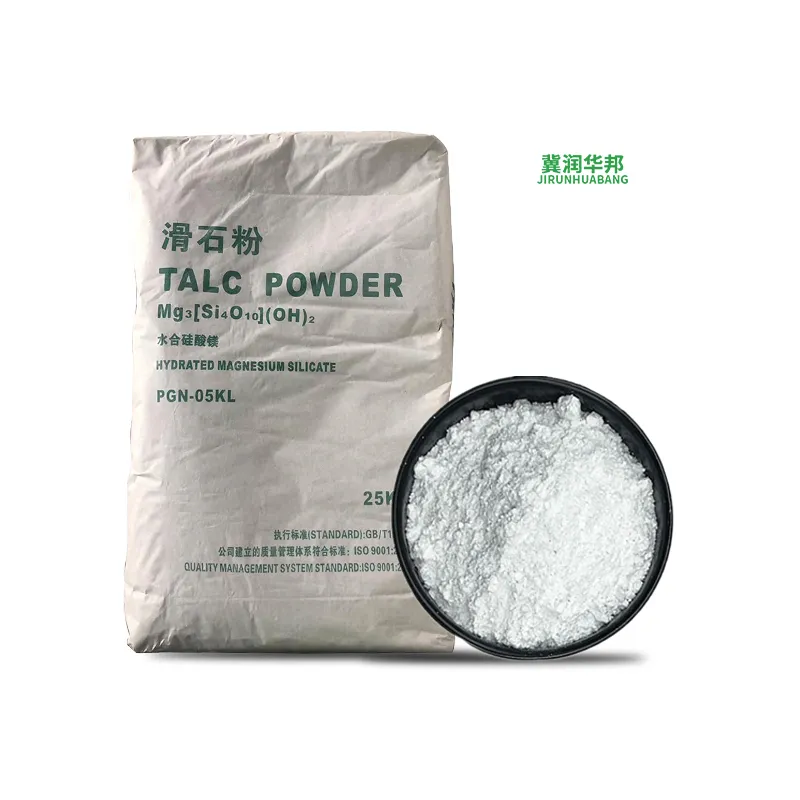what is talc powder used for
Back to list
Jan . 13, 2025 13:04
Talc powder, a soft and naturally occurring mineral, has found its niche across various industries due to its unique properties. Beyond its basic definition as a powder ground from talc rocks, its applications are multifaceted, and its benefits far-reaching.
Industrial applications of talc stand testament to its versatility. In the plastics industry, it is used as a filler to improve the mechanical properties of plastic products, such as increased rigidity and heat resistance. Automotive engineers leverage talc-filled plastic in car interiors to achieve a balance between strength and aesthetics. This not only boosts the structural integrity but also contributes to energy efficiency by reducing vehicle weight. The paint and coatings sector views talc as an asset for its lamellar (plate-like) structure, which enhances the suspension of different ingredients, contributing to the smooth application of paints and coatings. Experts in this field commend talc for its contribution to the production of durable, weather-resistant coatings that extend the life of structures exposed to harsh environmental conditions. Analyzing the paper industry, one appreciates talc’s value in improving paper quality. Specifically, talc enhances the paper's printability, gloss, and water resistance, allowing for the production of premier-quality finished products. Professionals in forestry and papermaking industries recognize its role in reducing pitch formation on equipment, ultimately boosting machinery efficiency and cost-effectiveness in operations. The world of talc powder is expansive and diverse, crossing paths with everyday consumer products to significant industrial goods. It continues to be a subject of scientific research to enhance its functional capabilities while ensuring safety and sustainability. Each industry that incorporates talc reflects its adaptability and indispensability, underpinning a quiet authority in both common and complex applications. Through continued innovation and responsible sourcing, talc powder maintains its standing as a trustworthy ingredient with remarkable heritage and future forward promise.


Industrial applications of talc stand testament to its versatility. In the plastics industry, it is used as a filler to improve the mechanical properties of plastic products, such as increased rigidity and heat resistance. Automotive engineers leverage talc-filled plastic in car interiors to achieve a balance between strength and aesthetics. This not only boosts the structural integrity but also contributes to energy efficiency by reducing vehicle weight. The paint and coatings sector views talc as an asset for its lamellar (plate-like) structure, which enhances the suspension of different ingredients, contributing to the smooth application of paints and coatings. Experts in this field commend talc for its contribution to the production of durable, weather-resistant coatings that extend the life of structures exposed to harsh environmental conditions. Analyzing the paper industry, one appreciates talc’s value in improving paper quality. Specifically, talc enhances the paper's printability, gloss, and water resistance, allowing for the production of premier-quality finished products. Professionals in forestry and papermaking industries recognize its role in reducing pitch formation on equipment, ultimately boosting machinery efficiency and cost-effectiveness in operations. The world of talc powder is expansive and diverse, crossing paths with everyday consumer products to significant industrial goods. It continues to be a subject of scientific research to enhance its functional capabilities while ensuring safety and sustainability. Each industry that incorporates talc reflects its adaptability and indispensability, underpinning a quiet authority in both common and complex applications. Through continued innovation and responsible sourcing, talc powder maintains its standing as a trustworthy ingredient with remarkable heritage and future forward promise.
Share
Previous:
Next:
